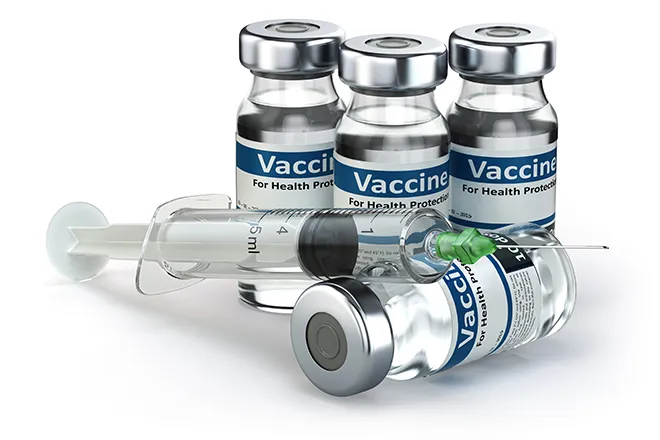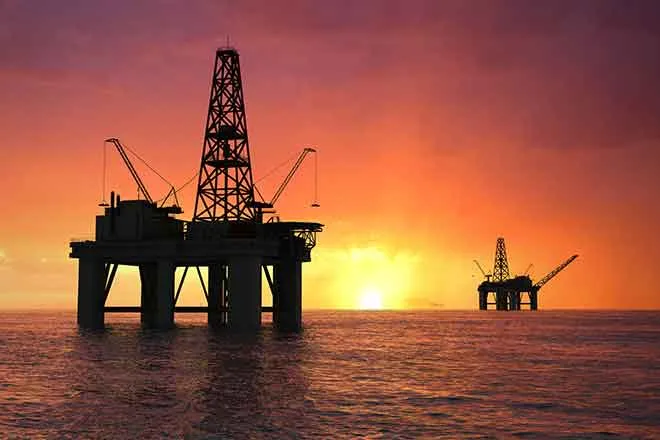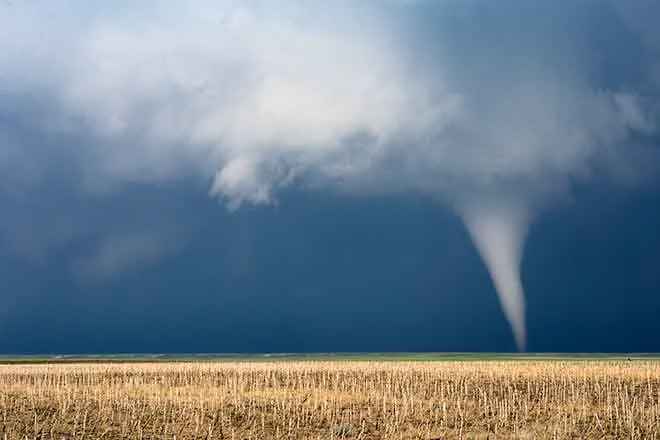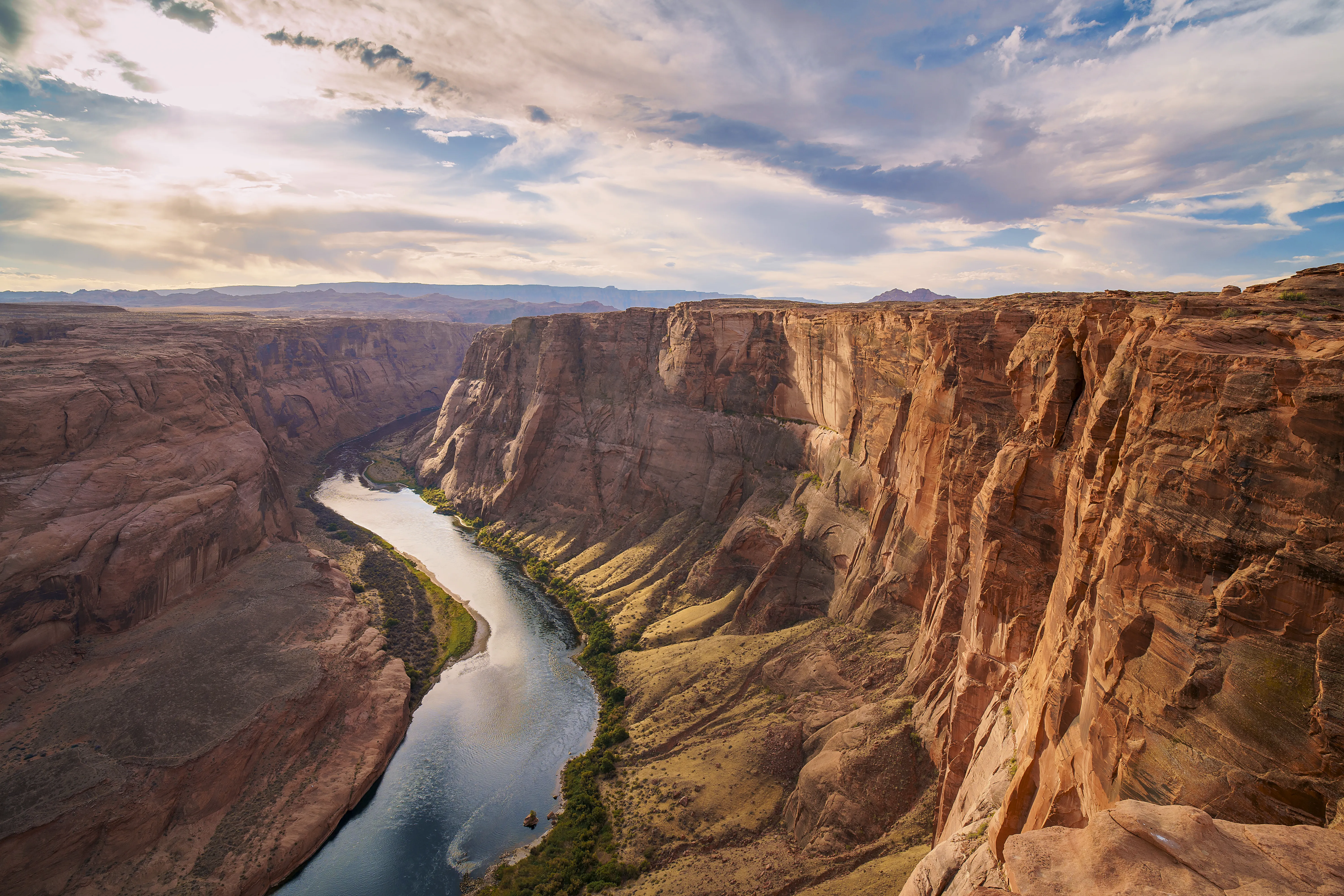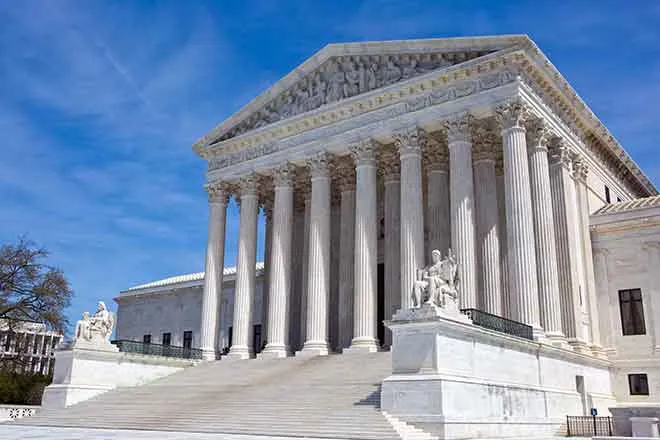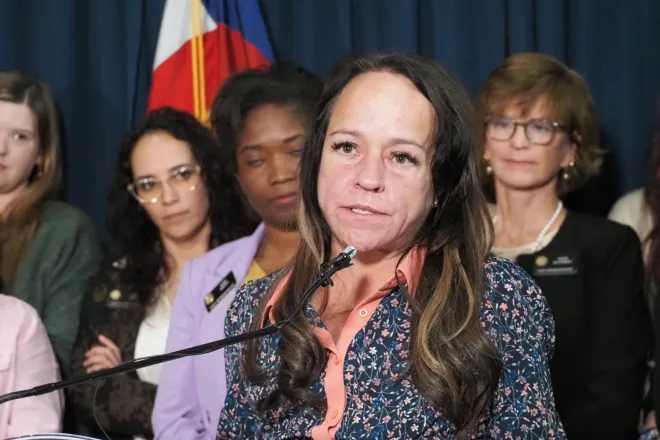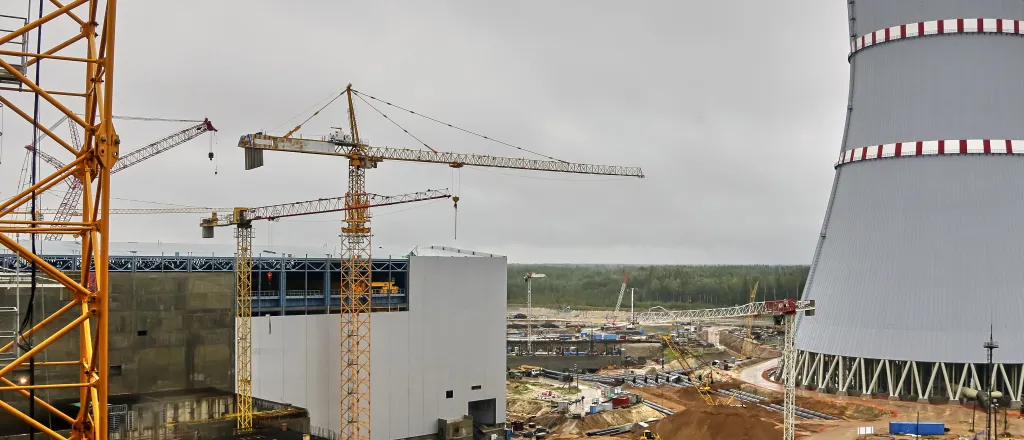
Smaller nuclear reactors spark renewed interest in a once-shunned energy source
© Vital Hil - iStock-1461437060
Bolstered by $3.2 million from a former Midland oilman, Abilene - the West Texas city of 130,000 people - is helping the Lone Star State lead a national nuclear energy resurgence.
Doug Robison’s 2021 donation to Abilene Christian University helped the institution win federal approval to house an advanced small modular nuclear reactor, which might be finished as soon as next year. Small modular reactors are designed to be built in factories and then moved to a site, and require less upfront capital investment than traditional large reactors.
Only two small modular reactors are in operation, one in China and another in Russia. Natura Resources is one of two companies with federal permits to build one in the U.S. After that initial $3.2 million donation, Robison formed Natura Resources and committed to investing another $30.5 million in the project.
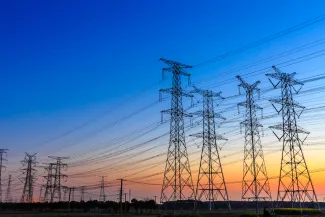
© zhaojiankang - iStock-802436842
“Nuclear is happening,” said Robison, who retired from the oil business and moved to Abilene to launch the company. “It has to happen.”
Robison’s words are being echoed across the country with new state laws that aim to accelerate the spread of projects that embrace advanced nuclear technology — decades after the Three Mile Island and Chernobyl calamities soured many Americans on nuclear power.
In the past two years, half the states have taken action to promote nuclear power, from creating nuclear task forces to integrating nuclear into long-term energy plans, according to the Nuclear Energy Institute, which advocates for the industry.
“I’ve been tracking legislation for 18 years, and when I first started tracking, there were maybe five or 10 bills that said the word ‘nuclear,’” said Christine Csizmadia, who directs state government affairs at the institute. “This legislative session, we’re tracking over 300 bills all across the country.”
The push is bipartisan. In New York, Democratic Governor Kathy Hochul last month directed the New York Power Authority to build a zero-emission advanced nuclear power plant somewhere upstate — her state’s first new nuclear plant in a generation. In Colorado, Democratic Governor Jared Polis in April signed legislationredefining nuclear energy, which doesn’t emit a significant amount of planet-warming greenhouse gases, as a “clean energy resource.” The law will allow future plants to receive state grants reserved for other carbon-free energy sources.
But no state is more gung-ho than Texas, where Republican Governor Greg Abbott last month signed legislation creating the Texas Advanced Nuclear Energy Office and investing $350 million in nuclear expansion.
“Texas is the energy capital of the world, and this legislation will position Texas at the forefront of America’s nuclear renaissance,” Abbott wrote in a statement.
In addition to legislative action, the Texas A&M University System has invited four nuclear manufacturers to build small modular reactors at the school’s 2,400-acre RELLIS campus in the city of Bryan.
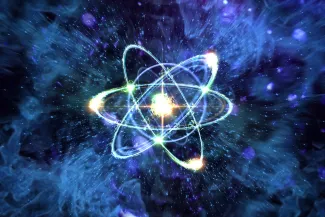
In Texas and other fast-growing states, rising electricity demands are fueling the push. Tech companies such as Google, Microsoft and Amazon that require a tremendous amount of electricity to power vast data centers are teaming with nuclear developers to provide it.
Last October, Google signed an agreement with nuclear energy producer Kairos Power to deploy multiple small modular reactors capable of generating a total of up to 500 megawatts by 2035. Meta, the parent company of Facebook, announced in December that it is also looking to reach a similar deal. Some of the largest data centers require more than 100 megawatts of power capacity, enough to power around 100,000 U.S. households.
Constellation Energy announced last September that it would reopen Three Mile Island, shuttered since 2019, as part of a deal with Microsoft to power the tech giant’s AI data centers. One of the two reactors at the plant, which is located south of Harrisburg, Pennsylvania, partially melted down in 1979. But the remaining reactor reliably produced electricity for the next four decades.
“Folks shouldn’t sleep on nuclear,” Pennsylvania Democratic Governor Josh Shapiro said as he welcomed back workers to the plant last month. “They should be aware of the important clean role it plays in our energy portfolio.”
But opponents say the renewed interest in nuclear energy is misguided.
In Colorado, a coalition of two dozen environmental groups, including the state chapter of the Sierra Club, urged Polis to veto the bill.
“The idea that nuclear power is a clean energy source could not be further from the truth,” the groups wrote in a letter to the governor. “Nuclear power is the only energy resource that generates dangerous waste that will remain radioactive for thousands of years.”
Some critics say small modular reactors are actually more expensive than traditional reactors, when they are judged per kilowatt of the energy they produce. And one 2022 study, conducted by researchers at Stanford University and the University of British Columbia, concluded that small modular reactors will produce more radioactive waste than traditional reactors.
“There’s a pretty healthy skepticism about advanced nuclear projects,” said Adrian Shelley, who heads the Texas office of Public Citizen, a nonprofit consumer advocacy group. Shelley said many environmental groups “are just deeply concerned about Texas’ ability to responsibly manage nuclear storage and especially nuclear waste in the long term.”
Ramping up
The United States currently has 94 nuclear reactors at 54 plants in 28 states. The oldest began operating at Nine Mile Point in New York in 1969; the newest reactors, Vogtle Units 3 and 4 in Burke County, Georgia, began operating in 2023 and 2024.
Scott Burnell, a spokesperson for the federal Nuclear Regulatory Commission, said that between the mid-1990s and 2005, there were “no applications at all” for new reactors. In 2007, there was a surge of a dozen applications when the federal government began offering tax incentives. But interest in new reactors plunged again when the fracking boom boosted fossil fuels as an economical power source.
Over the past several years, activity has ramped up again. “There are a number of factors that we are seeing drive this increased interest,” Burnell said. “Probably the biggest one is the growth in data centers.”
The commission has approved three new nuclear projects in the past three years, including the one at Abilene Christian University. It is reviewing three other applications and is discussing potential projects with a dozen other nuclear developers, Burnell said.
Texas currently has two nuclear plants — Comanche Peak near Glen Rose in North Central Texas and the South Texas Project in Matagorda County on the Gulf Coast. The two plants, each of which has two reactors, provide about 10 percent of the state’s electric power, according to the Texas comptroller. The new small modular reactors would face the same safety standards as these plants.
We want to do for reactors what Henry Ford did for cars.
– Matt Loszak, CEO of Aalo Atomics
The project at Abilene Christian began when Robison’s Natura Resources established a research alliance with that school, the Georgia Institute of Technology, Texas A&M University and the University of Texas at Austin. The Nuclear Regulatory Commission approved the project in 2024.
The reactor will be constructed at a laboratory at a different site, but its home already awaits in a trench at the bottom of a cavernous room at Abilene Christian’s Dillard Science and Engineering Research Center. The trench is 25 feet deep, 80 feet long and 15 feet wide, with a radiation shield made of concrete 4 feet thick. When the 40-ton reactor is finished, possibly by the end of next year, it will be transported to its home on a flatbed truck.
“The future is uncertain, but we’re ahead of the pack and moving at an amazing clip,” said Rusty Towell, an Abilene Christian engineering and physics professor who is working on the project. “So I think that there’s a great reason for optimism.”
Towell asserted that the project will produce only “small amounts of low-level waste” and that storing it safely will not be a significant challenge.
‘What Henry Ford did for cars’
John Sharp, the outgoing chancellor of Texas A&M University, said he invited nuclear companies to build small modular reactors at the school to help meet the country’s desperate need for more power. He said it made sense to give developers access to the faculty and students at the university’s nuclear engineering department.
Sharp said his pitch was simple: “Hey, we got some land. We got it next to some really smart people. Would you like to come and build a plant?
“And four folks said, ‘You betcha.’”
Matt Loszak, the 34-year-old CEO of Austin-based Aalo Atomics, one of the companies that answered Sharp’s call, said he had two employees 18 months ago. Now he has more than 50.
“We want to do for reactors what Henry Ford did for cars,” Loszak said, “which is really make them mass manufacturable and make it economical to deploy around the world.”
Robison said he’s been speaking at town halls in Abilene, a conservative community that is home to Dyess Air Force Base, for about five years. He claims the residents are “overwhelmingly excited” about having the small modular reactors at Abilene Christian, he said.
“Texas is an energy state,” he said. “We understand energy and what happens when you don’t have it.”

